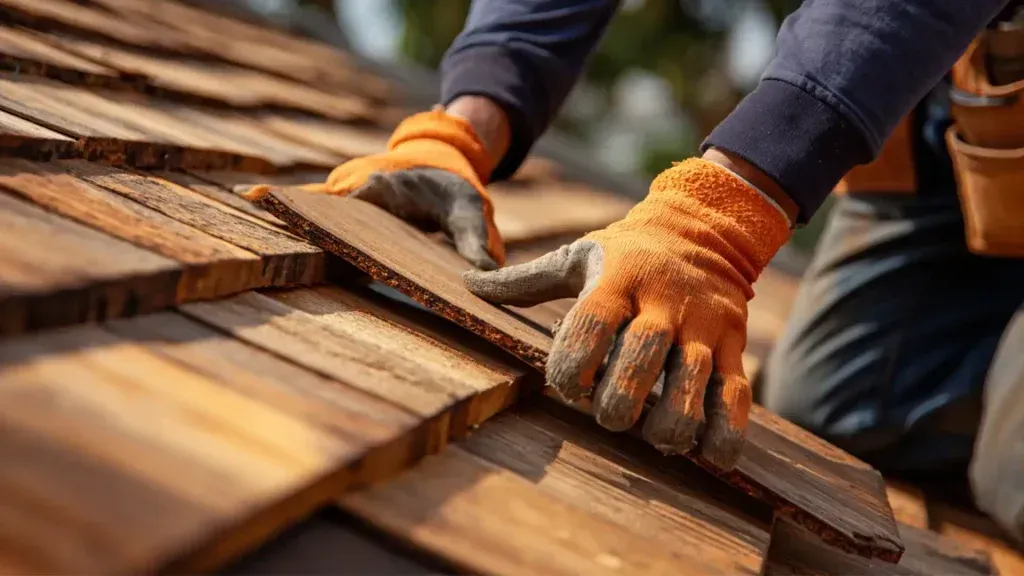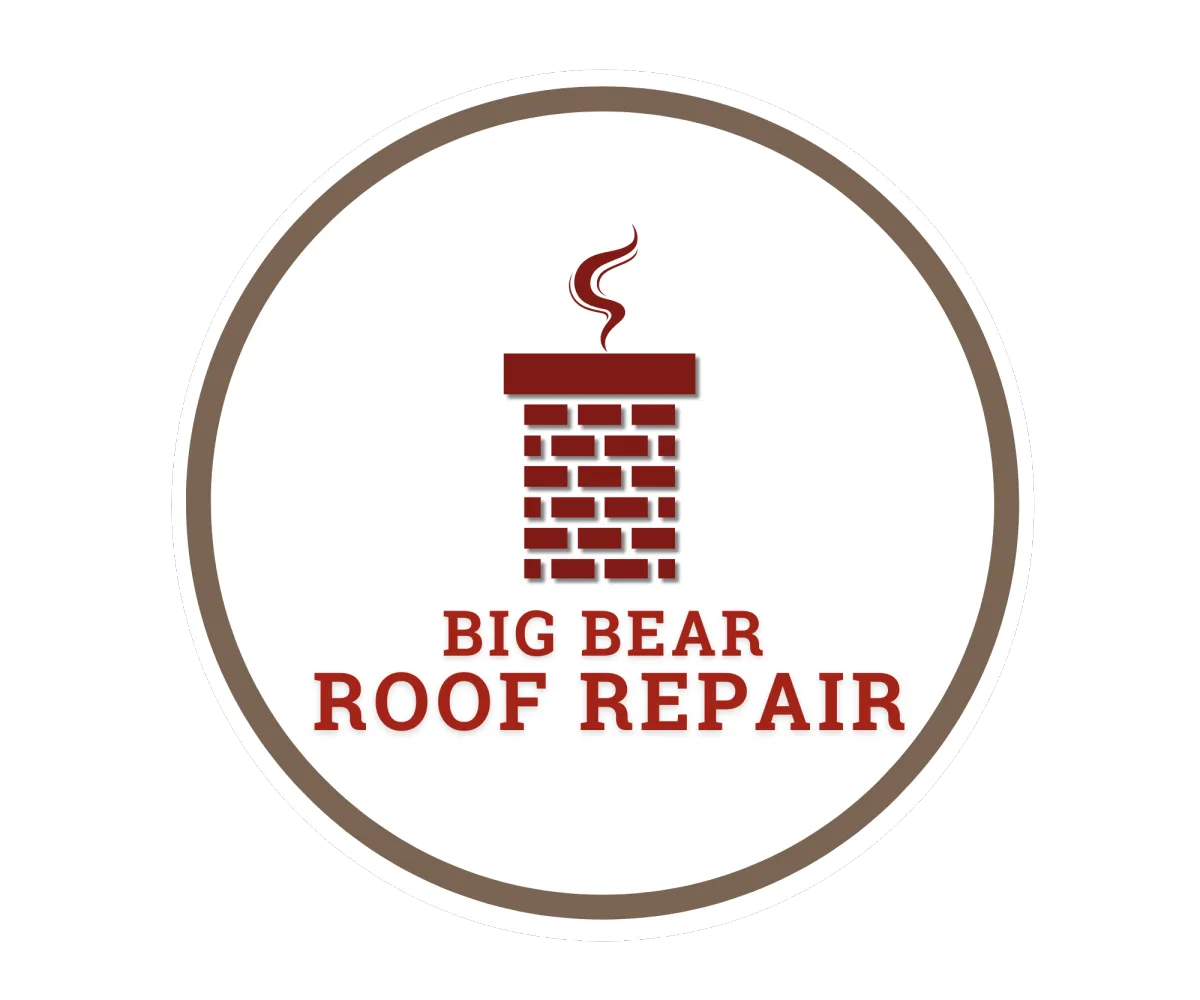
Top 5 Signs Your Roof Needs Repair Before It Causes Major Damage
Your roof is your home's first and most important line of defense against the elements. Ignoring small signs of wear and tear can lead to costly structural damage, mold growth, and a massive headache down the road.
Don't wait for a major leak to take action! Here are the top five signs that your roof needs professional attention right now, before a small fix turns into a total roof replacement.
1. Missing, Cracked, or Curled Shingles
Shingles are the visible barrier protecting the underlayers of your roof. When they show visible signs of distress, it's a clear warning.
Missing Shingles: Even one missing shingle leaves the protective underlayment exposed to water, sun, and wind.
Cracked Shingles: Often caused by wind damage or aging, cracks allow water to seep into the layers beneath.
Curling/Buckling Shingles: Shingles that curl (lifting at the edges or in the middle) are usually past their lifespan or have been installed improperly. This prevents them from properly shedding water.
💡 The Danger: Missing or damaged shingles are an open invitation for water penetration, which can rot the decking underneath and lead to ceiling leaks.
2. Granules in Your Gutters or Downspouts
If you have an asphalt shingle roof, look closely at what washes out of your downspouts or collects in your gutters. Asphalt shingles are coated with small, sand-like granules that protect the shingle's asphalt core from the sun's damaging UV rays.
When to Worry: A small amount of granules is normal, especially with new shingles. However, finding large, dark piles of granules after a heavy rain is a strong indicator that your shingles are nearing the end of their life and losing their crucial protective coating.
💡 The Danger: Once the granules are gone, the asphalt underneath is exposed, accelerating the shingle's deterioration and drastically shortening your roof's lifespan.
3. Dark Streaks and Moss Growth
While often just an aesthetic issue, dark streaks and organic growth can signal deeper problems if left unchecked.
Dark Streaks (Algae): These are usually a type of algae called Gloeocapsa magma. While mostly harmless, it suggests that your roof is retaining moisture, which can invite more damaging growths.
Moss and Lichen: These spongy growths retain moisture against the surface of your shingles, causing the granules to wear off faster. As moss grows, its roots can also separate and lift shingles, creating channels for water to enter.
💡 The Danger: Any growth that retains moisture increases the risk of wood rot and premature shingle aging. This damage often requires specialized, careful cleaning or replacement.
4. Sagging or Uneven Roof Decking
This sign is usually more obvious when viewed from the street or the attic. A healthy roofline should be straight and uniform.
What to Look For: If you notice dips, sags, or valleys in the roof surface, it means the underlying roof deck (the wood sheathing) is likely weak and potentially rotting.
From the Attic: Look for a dip in the ceiling from the inside, or beams that look wet, stained, or bowed.
💡 The Danger: A sagging roof deck is a sign of significant, long-term water damage that has compromised the structural integrity of your roof. This often means you need repairs beyond just new shingles—you need new decking, which is a much bigger job.
5. Water Stains on Your Interior Ceilings or Walls
This is the sign homeowners dread the most because it means the problem has already penetrated every layer of your defense.
Where to Check: Look for discolored areas, brown or yellow stains, or peeling paint on the ceilings, especially near the edges of the room, around chimneys, or close to attic access points.
The Sneaky Leak: Water doesn't always leak directly below the damaged area on the roof. It can travel down rafters or decking before finding an entry point in your living space, making the source of the leak harder to pinpoint.
💡 The Danger: Any interior water damage signals an active leak that can lead to severe issues like mold, mildew, insulation damage, and damage to electrical components. This requires immediate professional intervention.
Don't Delay, Inspect Today!
If you spot any of these warning signs, the best thing you can do for your home is to schedule a professional roof inspection. A qualified roofer can assess the damage, provide an honest estimate, and help you address the small problems before they turn into major structural and financial disasters.
